Planning a bathroom remodel? This step-by-step guide will walk you through everything you need to know, from planning and budgeting, to demolition and construction. Let’s get started.
Define Your Goals
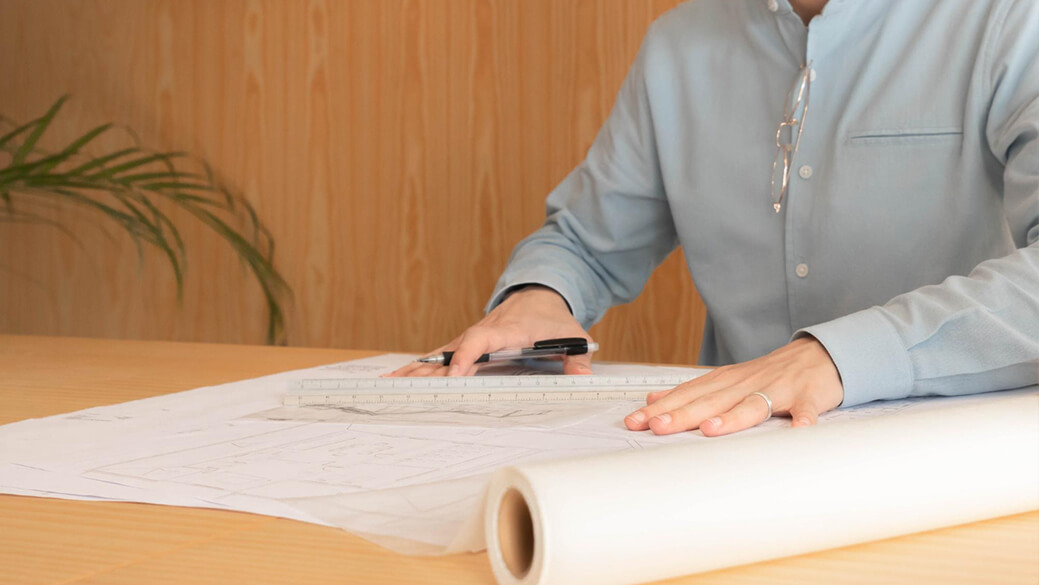
The very first think to think about in a remodel is why you’re doing it? What is it that you want to be different? Why exactly do you want to change up everything? Is it the look, size, functionality, or is everything just to outdated? Defining the main reasons for your remodel give you a starting point to work from when it comes to obtaining a newly remodeled bathroom you’re sure to love.
Consider how you want your new bathroom to look – modern or traditional? Spend a little time online gathering inspiration; check out our ideas page here, jump on Pinterest, YouTube, Tiktok, Houzz — there’s no lack or resources. There’s even free visualizer cabinet and kitchen design tools you can use to see how various designs will look in your kitchen before spending a dime.
You also need to think about practicality – will you install new fixtures and furniture, or reorganize existing items? Think about whether there are any safety issues that need to be addressed, such as installing anti-slip flooring or strategically placed grab bars. Most importantly, make sure you factor in your budget – what changes can realistically be made given the funds available?
Let’s talk turkey
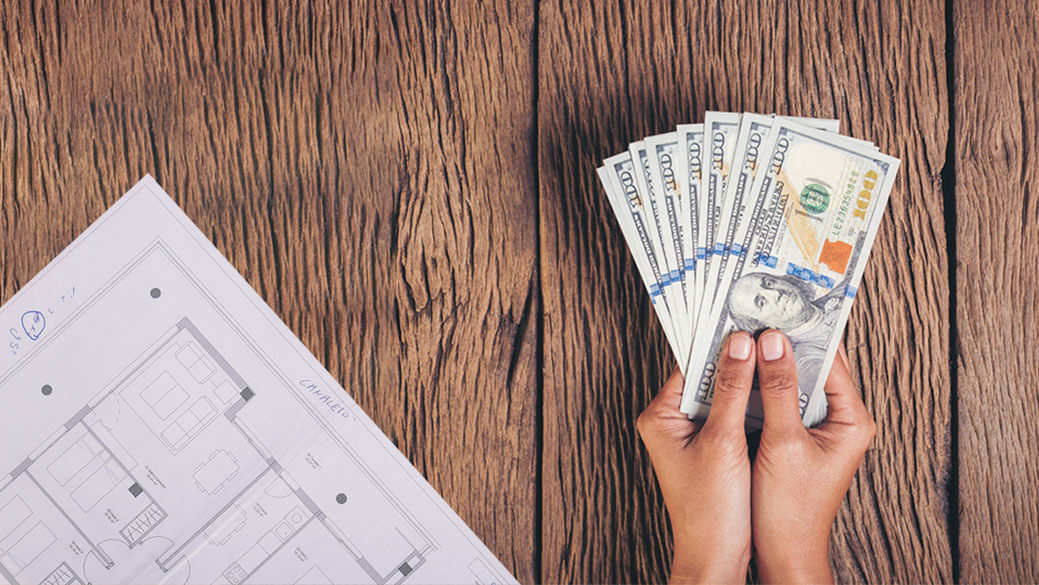
If you don’t know how much you’re willing to spend on your remodel, you’re wasting time creating plans that you can’t afford. With a strict budget in place, you can break that down further and know what sink you can realistically afford and so on. So start here. Consider factors such as the overall necessities of remodeling (materials, labor, etc.), and prioritize what features are most essential for improving your bathroom design. With some dedicated research, you can find out which materials have cost-efficient alternatives that fit within your budget. Take into account the potential life span of different materials so you don’t need to replace items down the line; with careful planning and a practical budget, you can ensure this project succeeds without sacrificing your kids college fund.
Ballpark costs for remodeling a bathroom
Every bathroom remodel is different, but all bathrooms have the same basic costs like sinks and faucets. So it’s possible to give an overall estimate based on projects we’ve done in the past. Just remember, depending on factors like what brands of fixtures and the size of your bathroom will effect the final cost the most. A basic renovation can typically start at around $3,000 to $5,000 and include tasks such as replacing fixtures and updating flooring.
For more substantial renovations that require replacing existing plumbing or relocating bathroom amenities, the cost may increase significantly to anywhere between $10,000 and $20,000. This could also include tasks such as installing new countertops, tiling walls and floors, adding custom cabinetry, replacing windows or tub surrounds, and more.
For high-end projects that involve additional features such as heated floors, luxurious finishes, walk-in showers with multiple shower heads, or smart home technology integration such as voice-activated lighting fixtures or sound systems – the cost could range from $25,000 to well over $50,000 depending on the materials used and extent of customization.
When it comes to budgeting for a bathroom renovation project – it’s important to be realistic about what you can afford. Research local contractor rates for services like plumbing and electrical work to get an idea of overall cost estimates before beginning any work on your remodel. Additionally consider other factors such as material costs (stone countertops may be more expensive than laminate) and whether certain items need to be ordered ahead of time in order to meet deadlines. See more on what you can expect to pay for various bathroom renovations here.
Choose a decor style
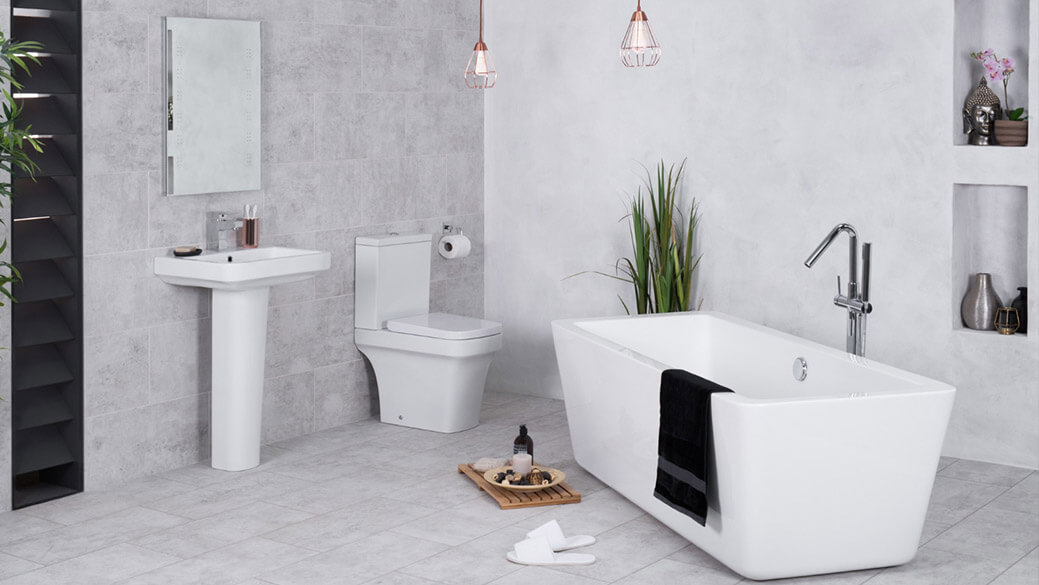
The best case scenario is that you have an idea of what you want your bathroom to look like when it’s finished already in your head. Would you prefer something traditional and homey? Or perhaps something modern and sleek? Are there certain colors or textures that stand out in your mind when thinking about a bathroom design? It’s helpful to shop around online and find some inspiration. There are plenty of beautiful examples available; you can start by taking a look at our guide on various design styles here. Do be sure to make all decisions with both current and future trends in mind so that your new space continues to look fresh no matter what. Check out these Before & After bathroom remodeling projects for design inspiration. And speaking of design inspiration, we have a full page dedicated to the topic where you can get ideas for how to approach layout, costs, and trending design styles.
Hire A Qualified Contractor

Don’t get lazy when it comes time to hire a contractor! They’ll be doing the work, so if they’re not experienced you’re going to end up with a bathroom that isn’t functional, or worse severely over budget. Take time to research contractors in your area—check online reviews, get references from family and friends, and interview potential contractors. Once you have decided on a contractor, make sure they have the necessary qualifications and experience to help with your project. It is also important that their rates are within your budget. Although it may feel like an arduous process, taking the time to find the right person helps ensure that you are more likely to receive quality work in a timely manner.
Ballpark costs for hiring a contractor
The cost of hiring a contractor for a bathroom remodel will vary based on the size and scope of the project. For smaller, basic renovations such as replacing fixtures or updating flooring – the average cost usually ranges from $3,000 to $5,000.
However, for more substantial renovations that involve relocating amenities or installing new countertops and cabinetry – the cost can increase significantly to anywhere between $10,000 to $20,000. On top of this cost estimate for labor, one must also consider material costs which could include tiles, countertops, windows and tub surrounds; these materials can vary in price depending on their type and quality.
For high-end projects featuring luxurious finishes or smart home technology integration such as voice-activated lighting fixtures – the cost may reach up to $50,000 depending on the extent of customization.
Additionally, it is important to budget for additional services such as plumbing work or electrical installation which can be quite costly depending on the complexity of the job.
To ensure both quality workmanship and staying within budget – research contractors in your area thoroughly before hiring anyone in order to get accurate estimates and compare rates.
Demolition
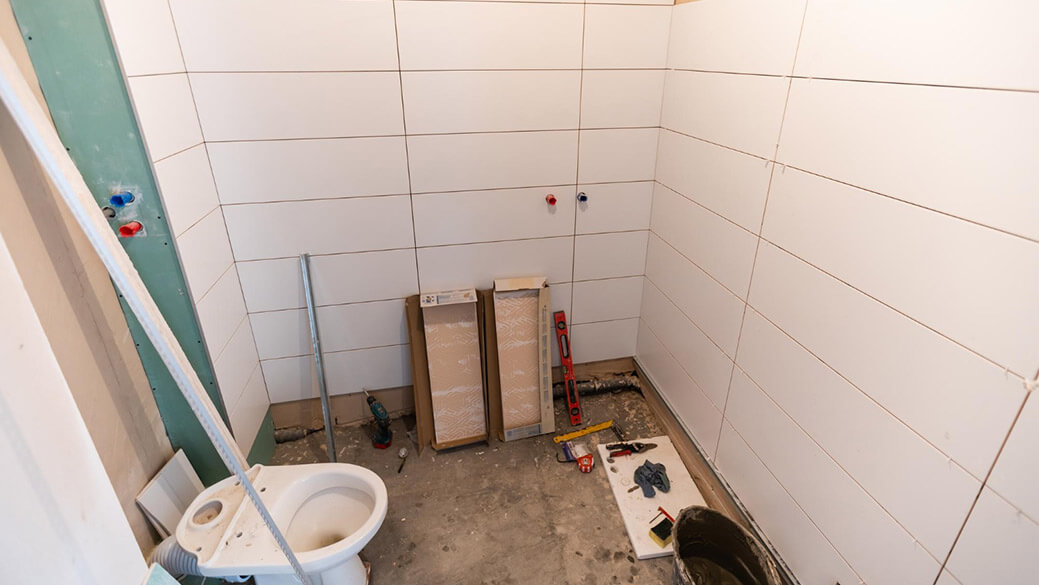
Want to ‘pound out’ some of the frustrations of remodeling? It might seem like a big job, but if you follow our guide, ripping out an old bathroom can actually be somewhat fun. The first step is to prepare the area for demolition by removing any unwanted items from the bathroom space. Then, you will want to turn off all the electricity in the room to ensure safety and protect any exposed wiring.
After those steps are complete, you can begin to tear out fixtures like sinks, toilets and bathtubs. Depending on their age and condition, it may be necessary to have specific tools on hand to aid in this process.
Last task will be the cleanup; getting rid of debris is best handled by hiring a junk removal company, renting a Bagster at your local home improvement store, or loading up debris into a truck as you go along.
Ballpark cost for hiring a contractor to demo a bathroom
Generally, for smaller projects such as replacing old fixtures or updating flooring, the average cost of ripping out an old bathroom usually ranges from $1,000 to $2,500. However, if more extensive work is needed such as relocating amenities or installing new pipes or cabinetry – the costs can increase significantly to anywhere between $3,000 to $5,000.
Plumbing and electrical
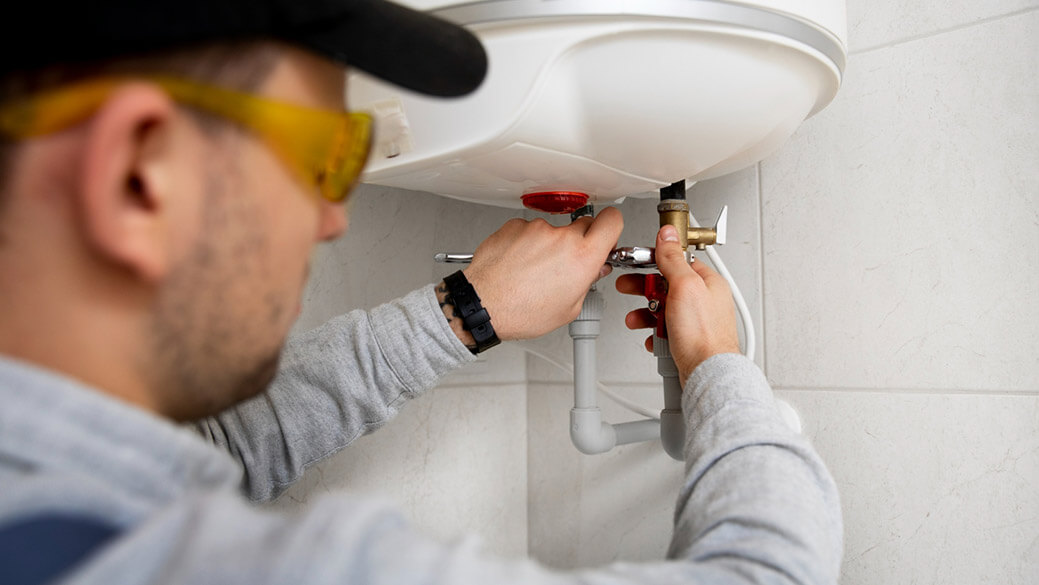
Plumbing and electrical work are two of the most important parts of a remodel. It is essential that these systems are properly installed and meet all relevant codes and standards in order to have a safe, efficient, and long-term solution. Pluming is key to a functional bathroom, while electrical lends it self more to the decor and style aspect of your bathroom. If you didn’t hire a bathroom designer to draft plans for your bathroom, the next best thing is hiring an electrician who knows a bit about interior design as it relates to lighting. Strategically installed lighting can be one of the most cost effective ways to achieve the mood you desire for your new space.
Make sure to partner with an experienced professional who is familiar with the building codes in your area, who can provide the necessary licenses, insurance and certifications needed for the project. Do not attempt any major plumbing or electrical work on your own as it can pose a significant safety risk.
Adhering to code requirements throughout the remodel will ensure that your renovation adheres to safety guidelines and provides you with many years of robust use from your newly designed bathroom.
Ballpark cost for plumbing and electrical contractors
If you’ll be replacing older pipes or wiring for newer ones, the cost can range from $2,500 to $5,000. However, if more extensive work is required such as running new water lines or installing extra outlets, the costs can quickly increase up to $10,000 or more. And the more you add as far as new construction or requirements to bring your bathroom up to building codes, the more permits and inspections that will be needed which equates to even higher costs.
So it’s essential that all work is performed by experienced professionals who have the appropriate certifications and qualifications in order to ensure compliance with applicable laws and regulations when it’s time for your remodel to be inspected. It is also beneficial to research contractors thoroughly before hiring anyone in order to find accurate estimates and compare rates. Taking these precautions will reduce your risk of additional expenses down the line due to potential damages caused by inexperienced workers.
And if you do decide to do all the work yourself, always be sure you’re working safely. That means making sure all electric and water is turned off and that you’re wearing the proper eye protection and masks so you’re not breathing in dust and debris. Additionally, double check for hidden wires or pipes which could increase the cost of labor if not identified beforehand; this will also help avoid potential hazards during the process.
Painting

Painting is a potentially straightforward process—if done correctly, it can help define the new look and feel of your bathroom. In fact, it’s an easy way to completely transform your bathroom single-handedly. See how you can even paint bathroom tiles instead of replacing, or take a can of paint to your entire bathroom space to completely renovate your bathroom without remodeling.
When it comes to deciding on a color scheme, try and avoid the desire for bold and drastic changes. People often want to change things up so badly that they use bright colors for walls and fixtures. However, restraint can go a long way in achieving the desired aesthetic. Remember, most bathrooms aren’t all that big, so the paint color you decide on plays a super important role on how the bathroom will look when you’re finished painting. A light neutral hue such as white, beige or gray is a popular choice as it can easily complement any style while providing a bright and airy feel to the space. For walls, shades of blue or green are often used to create an atmosphere of tranquility while providing a subtle contrast against the lighter tones on the floor or fixtures. Shades of pink or purple can help add warmth and energy to a room if you’re looking for something more playful.
In terms of durability and ease of maintenance, darker colors may be preferable for certain surfaces such as floors or vanity countertops as they are less likely to be discolored over time from water stains. The sheen of the paint also plays an important role in its longevity: glossier finishes will show signs of wear more quickly than matte ones, so it’s worth considering choosing one that has enough shine to give your bathroom some visual interest but not too much that it will require frequent repainting.
Metallic accents like gold or silver are great for adding a touch of glamour if desired. To avoid overpowering your room with too many competing elements though, make sure to take into account what other features will be present in the space—for example, incorporating brass fixtures could lend itself nicely to warmer hues like reds and oranges rather than whites and blues which might seem too cold compared to these metals.
Always keep in mind how colors will interact with each other and how they will come together cohesively. Be sure to account for necessary preparatory steps such as patching holes, washing walls, taping off trim, sanding and priming before painting begins. All of these small steps will really help when it comes time to actually paint.
Fixtures, flooring, walls
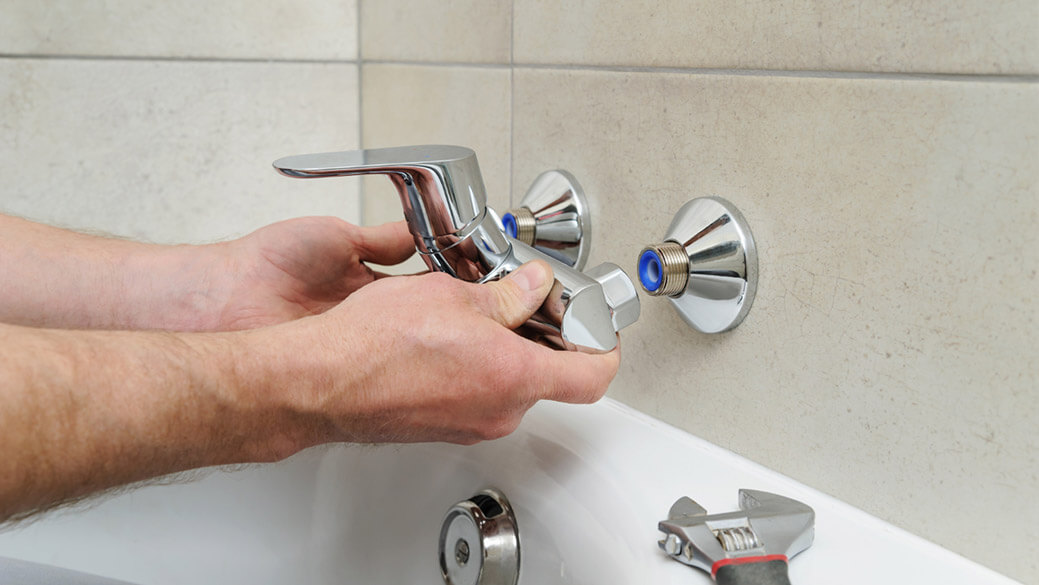
Installing the fixtures, walls, and flooring is the foundation of any bathroom remodel and what everyone will notice when you’re done. Floors should always be tiled since there’s always the threat of water ending up on the floor. Tiles come in various shapes and sizes, so feel free to get creative with your design choices.
As for vanity, sink, bathtub, shower, and toilet installation; it is recommended that you hire a professional plumber to avoid any potential damage due to incorrect connections. To sum it up – both tiling and plumbing should be taken into account when beginning a bathroom remodel project.
Installing new tile, a sink, bathtub, shower, toilet
Once you install your tile, toilets and showers, they can’t be just moved if you don’t like the way they’re laid out. So it’s really important you take the time to know exactly where everything is going.
You can do a ‘mock up’ and lay out the tiles the way you think they should be laid out when they’re done for real. The same goes for the toilet and bathtub. Create a life ‘mock up’ and sit on the toilet, go to use everything and see how it feels. Is it what you were thinking of in your mind?
By doing these few extra steps, you’re pretty much guaranteeing yourself that you’ll be happy with the final results as you’ve given them a ‘test run’.
Then if you decide to have a contractor do the work for you, they can now ‘see’ exactly what you want and if they are professionals, should have no problem at all giving you the exact bathroom you want.
Installing New Tile
Installing new tiles is another job that once the tiles are laid, that’s it. There’s no re-do. And if there is, it can be costly as they’d need to be ripped up which makes them unable. So make sure you’ve chosen tiles that look good for your sized bathroom.
Like I said, lay them out. How do they feel? If you don’t like them, now is the time to switch them out.
Even better, try a bunch of different tiles as far as colors, patterns and sizes. Even texture plays a large role in the over all look ad feel of small spaces like a bathroom. So try as many as possible until you find exactly what you’re looking for. Then either lay them yourself or have your contractor do the work for you. Just be sure the floor is level and you’ve prepared the surfaces to be tiled before hand.
With the right planning and preparation, remodeling your bathroom can be an exciting and rewarding experience. Taking your time to define clearly what you want, create a budget, choose a style, hire a contractor, plan for demolition and plumbing/electrical work, paint, and finally install fixtures will help you create the perfect bathroom.
If you have any questions or concerns regarding your project or need help with finding the right materials for your bathroom remodel, do not hesitate to contact us! We understand that this is an important decision for many homeowners and are here to provide expert advice along every step of your journey.
Common FAQs People Have When It Comes To Planning A Bathroom Remodel Include:
What is the best way to budget for a bathroom remodel?
Start by looking at all of the options of what needs to be replaced. For example, if you need new fixtures, decide on which ones you like and can live with for at least the next ten years and their costs. Do the same with everything you want replaced from your sinks or cabinetry, to the shower heads and paint. Make a detailed list of everything in the bathroom you want changed and create a price list for all of them.
Then consider factors such as labor costs, plumbing and electrical work, and any demolition that will need to be done. Then go an extra step and add 10% to that total for any unforeseen expenses that may arise due to structural issues or surprise discoveries during the demolition process. If you really do all this, you should have a very realistic budget to work with.
Do I need a permit before beginning my remodel?
Depending on your area, certain types of work may require you to obtain a building permit prior to beginning your remodel. For instance, if you are making significant changes that involve plumbing, electrical wiring, or any other type of construction work, it is likely that you will need to secure the necessary permits before proceeding with your project. Contact your local building inspector for more information about the permitting process in your area.
What tools do I need for a successful remodel?
Most simple bathroom remodels don’t require too many specialized tools. But this also depends on the size andscope of the job. Some common tools you’ll definitely need are drills, saws (hand saws and power saws), hammers, crow bars, screwdrivers, wrenches/pliers/socket sets, utility knives/box cutters, trowels/grout floats/sponges (for tile work), caulk guns (for finishing touches), levelers & rulers (for accuracy), and step ladders/scaffolding (for reaching high areas).
Additionally, safety gear such as goggles and dust masks should always be worn when performing demolition tasks.
What is the best way to choose materials for a bathroom remodel?
The first thing to remember is whether the materials are made for bathrooms and can withstand the amount of water and humidity for years to come. Then you can look at how much they cost and their availability.
For example, if you’re looking for something that’s highly durable, natural stone or ceramic tile may be the best option. When it comes to moisture resistance, porcelain tile or vinyl plank flooring may be more suitable options. Additionally, keep in mind that certain materials such as marble and granite require regular sealing and polishing to maintain their look over time.
Finally, make sure your budget allows you to purchase all of the necessary materials before beginning work on your project.
What should I do before starting my remodel?
One of the smartest things you can do is to start an ‘idea board’. Start looking through magazines, online, anything with ideas for a bathroom. Then come up with what you wish your bathroom looked like using the images. This will help you or your contractor get a better understanding on what you’re trying to achieve.
Once you have that, create an organized plan that outlines the scope of work with realistic goals and expectations. This plan should also include details such as the timeline for completion of each step in the process and any necessary permits or approvals needed from local building authorities.
Additionally, it is essential that you choose a reliable contractor who is experienced in bathroom remodeling projects and has good customer reviews from past clients.
Lastly, make sure you have sufficient funding available for purchasing materials and hiring any other professionals such as electricians or plumbers if necessary.
How long does a typical bathroom remodel take?
It’s hard to be specific as there are a lot of variables. But if you’re simply painting and changing fixtures, you could accomplish that in a week or less. But if you’re doing a full on rip out and new construction as a remodel, then a job this big could take as along as a few weeks.
Or if you’re really going all out and involving structural changes, a job that complex can take several months or more depending on the level of detail you’re expecting.
Can I do the demo myself?
It is not recommended to complete the demolition of a bathroom as a DIY project. Demolition can be dangerous, especially when it comes to bathrooms, due to the presence of exposed electrical wiring and other more complex fixtures (e.g. bathtubs).
Additionally, even if you have the necessary tools to do the job, it can take time and effort to accurately remove everything from a bathroom space in a way that does not damage the surrounding areas or cause harm to yourself.
Furthermore, proper disposal of demolition debris is often required; depending on local regulations this could mean additional costs such as dumpster rentals or trips to the landfill.
All in all, it is usually safer and more cost-effective to hire an experienced contractor who knows how to safely and properly handle demolition projects while remaining within budgetary constraints.

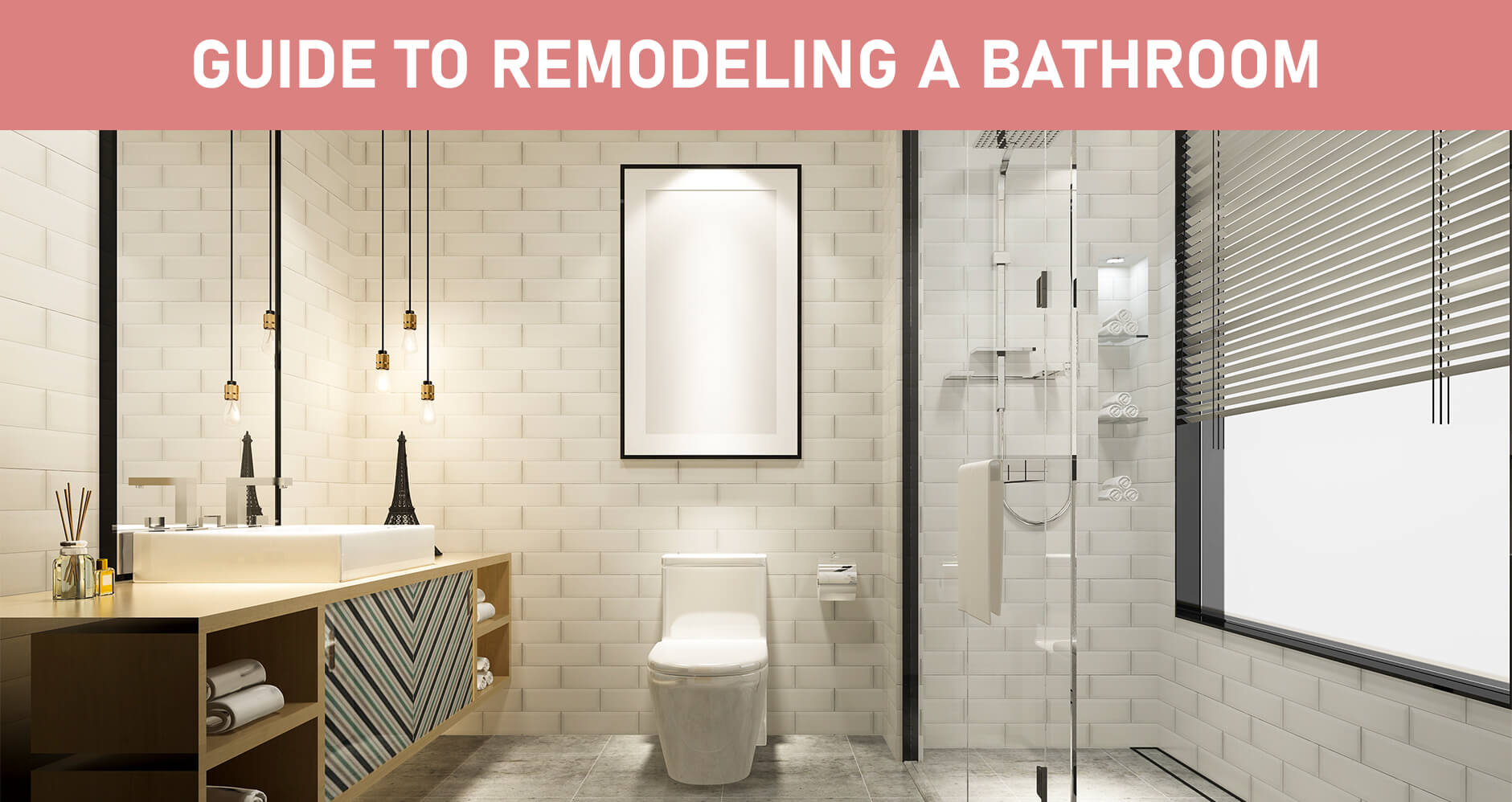
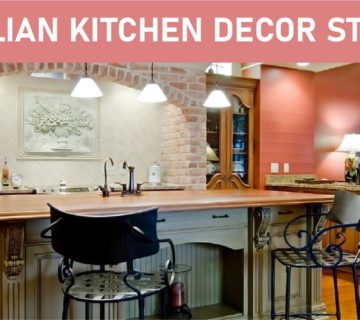


No comment